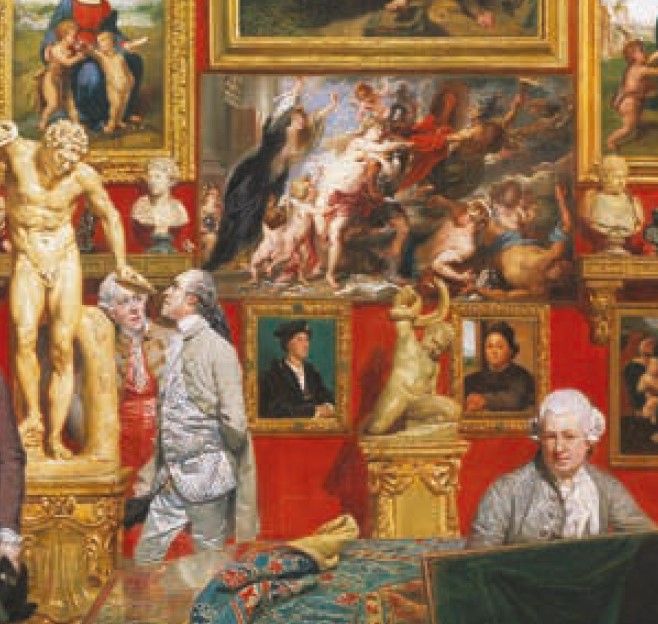Abstract
At the heart of the Rijksmuseum exhibition is a narrative about Dutch history told through the history of Dutch art. The paper presents this premise against the background of the relationship between art and history in museum displays from the 18th to the 21st century. The authors offer a cross-sectional analysis of various phenomena and trends, such as the evolution from universalist encyclopaedic museums and the unity of Art and Nature to a distinction between individual genres (e.g., pinacothecas, glyptothecas) and between art museums, based on the anthropocentric idea of Art as the product of Human creativity, and museums of natural history subjected to the laws of Nature. The next topic is an apologia for high art (mainly painting and sculpture) coupled with a depreciation of artistic craftsmanship, applied and decorative arts (by default excluded from Art museums) as well as various transformations of the concept of art: from the Enlightenment cult of universal, timeless art, through the notion of ethnic or national art rooted in specific periods and divided into “art schools” of individual countries and regions, to the history of art seen as the history of styles. These changes entailed a shift in the exhibition model: the principle of decorative composition of paintings and sculptures (the “flower-bed” principle) was abandoned in favour of a scientific and historical order based on “schools” and chronology, followed by the arrangement of rooms and studies dedicated to specific stylistic eras (“period rooms”). It goes hand in hand with the recognition of utilitarian and decorative art objects as an emanation of the “national spirit” equal to high art; this resulted from the “nationalization” of notions of art and history, born out of the early 19th-century medievalism, and the final inclusion of applied arts in the museum canon as manifestations of the technological progress of human civilization. The paper concludes with an excursion into the second half of the 20th century, when museum narratives became increasingly political and social; the authors employ the example of the Musée d’Orsay in Paris, where art history is equally represented as political and social history – both threads are juxtaposed, yet remain separate. Against this backdrop, the researchers analyse the Rijksmuseum exhibition in Amsterdam (2013) as the only example of both narratives being successfully integrated: the history of the (Dutch) nation and the history of (its) art. However, owing to the specific nature of the collection (almost solely comprising Dutch art), this is not a model solution for other museums. As a postscript of sorts, the authors offer a critical review of decolonization measures implemented by the Rijksmuseum between 2015 and 2023, assessing them as ineffective in the face of current political and social challenges – and absent from the permanent public display of the museum’s collection.

This work is licensed under a Creative Commons Attribution 4.0 International License.
Copyright (c) 2024 Krzysztof Pomian, Antoni Ziemba (Author)


